Erotic Sculpture of India: A Socio-cultural Study
Synopsis
Erotic sculpture around places of worship of any society would require an explanation. Its unignorable presence outside Hindu temples when the religion itself has been known for its other-worldly ideals and spiritual aspirations has both astonished and puzzled visitors. The Brahmin panda (guide) accompanying the inquisitive tourist at sites like Bhubaneswar or Konarak as well as the scholarly Hindu steeped in a less free later day morality find the anomaly embarrassing and proffer idealistic explanations in which sexual expression is interpreted either as a symbolic representation of Eternal Bliss or as the overt manifestation of kama, the third purusartha. Such explanations fail to account for themes like orgies and bestiality and the vast upsurge in sexual depiction in sculpture between AD 900 and 1400. What is the rationale of erotic depictions in religious art? What is their thematic content? Is erotic sculpture confined to temples of particular religious cults? Could esoteric Tantrikas display their own secret practices? This inquiry is concerned as much with the question of religious sanction as with the sociological factors generating the permissive atmosphere and mood for the depiction of sexual motifs. The proliferation of feudal chiefs and rulers, their interest in temple-building, the feudalization of temple institution and its growing wealth and power, the degeneration of devadasi (sacred, prostitution) system are found to be some of the medieval developments responsible for the profuse display of eroticism. Eroticism in sculpture is compared with the dominant themes in the other modes of art prevalent during the period. The present study examines practically the entire corpus of the empirical material on erotic motives and action over the period from the third century BC to the fifteenth century AD. In the course of the examination the author brings to light a wide variety of themes in the erotic sculpture of India. The illustrations represent prominently the lesser known sites like Bavka, Modhera, Bagali, etc., along with familiar sites like Khajuraho, Konarak and Bhubaneswar and are not merely illustrative; they throw up questions for examination to begin with, and serve also as supporting evidence for the argument advanced. In the present edition the bibliography is upto dated and new illustrations added with notes.
Read more
38.70
34.83
$
43.00 $
Free delivery Wolrdwidе in 10-18 days
Ships in 1-2 days from New Delhi
Membership for 1 Year $35.00
Get it now and save 10%
Get it now and save 10%
BECOME A MEMBER

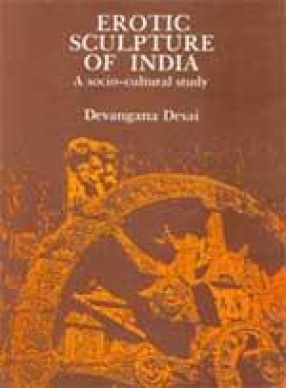
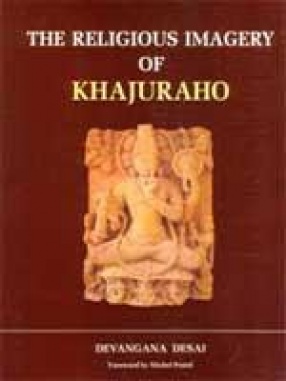

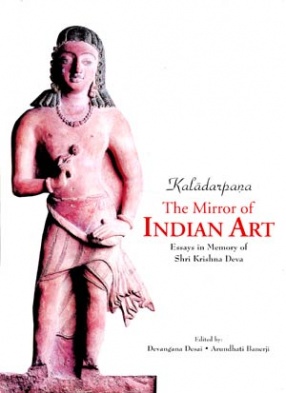
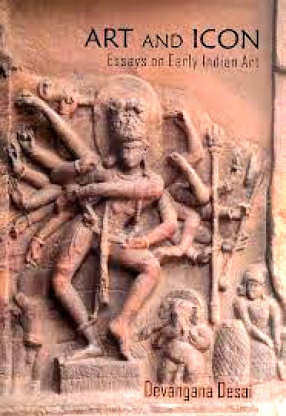
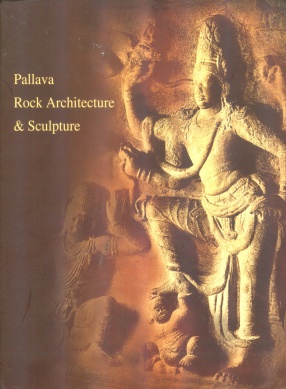
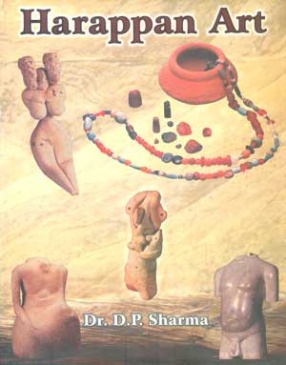
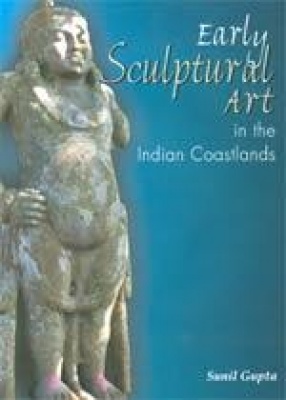
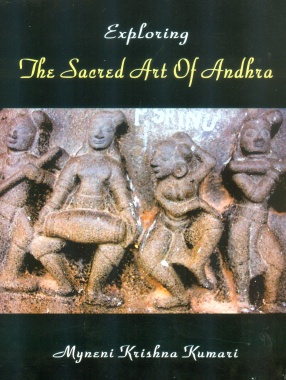

Bibliographic information